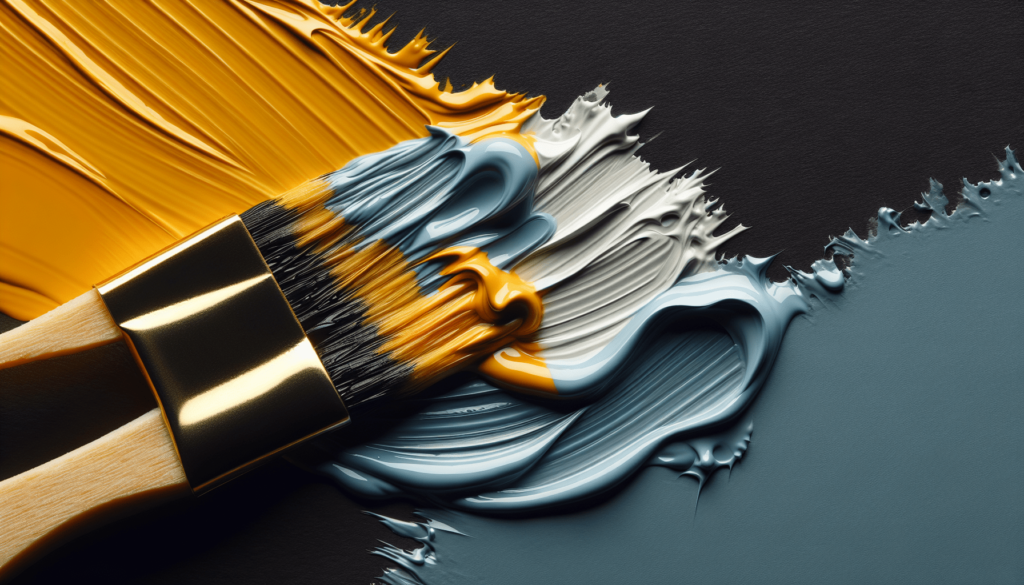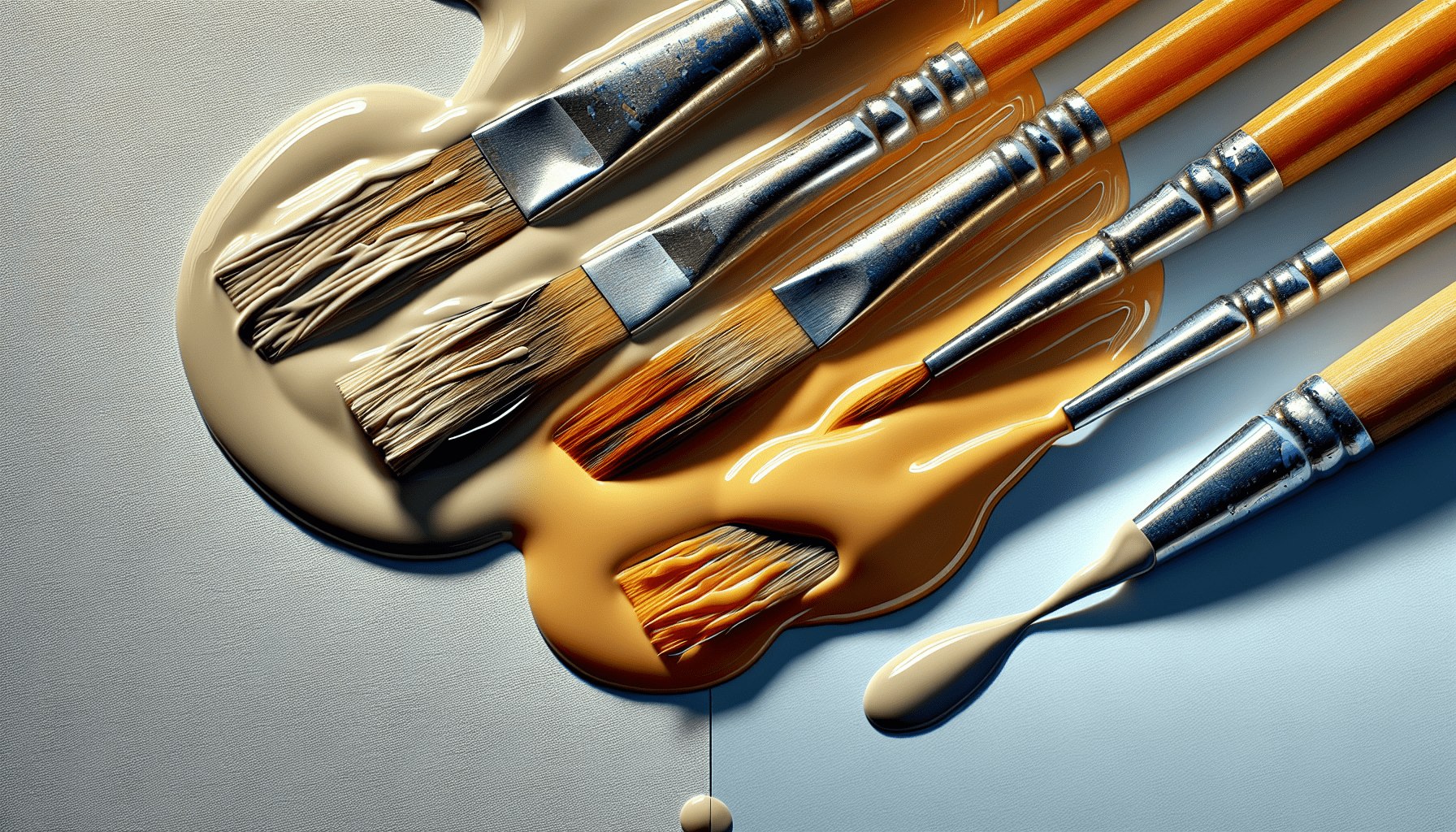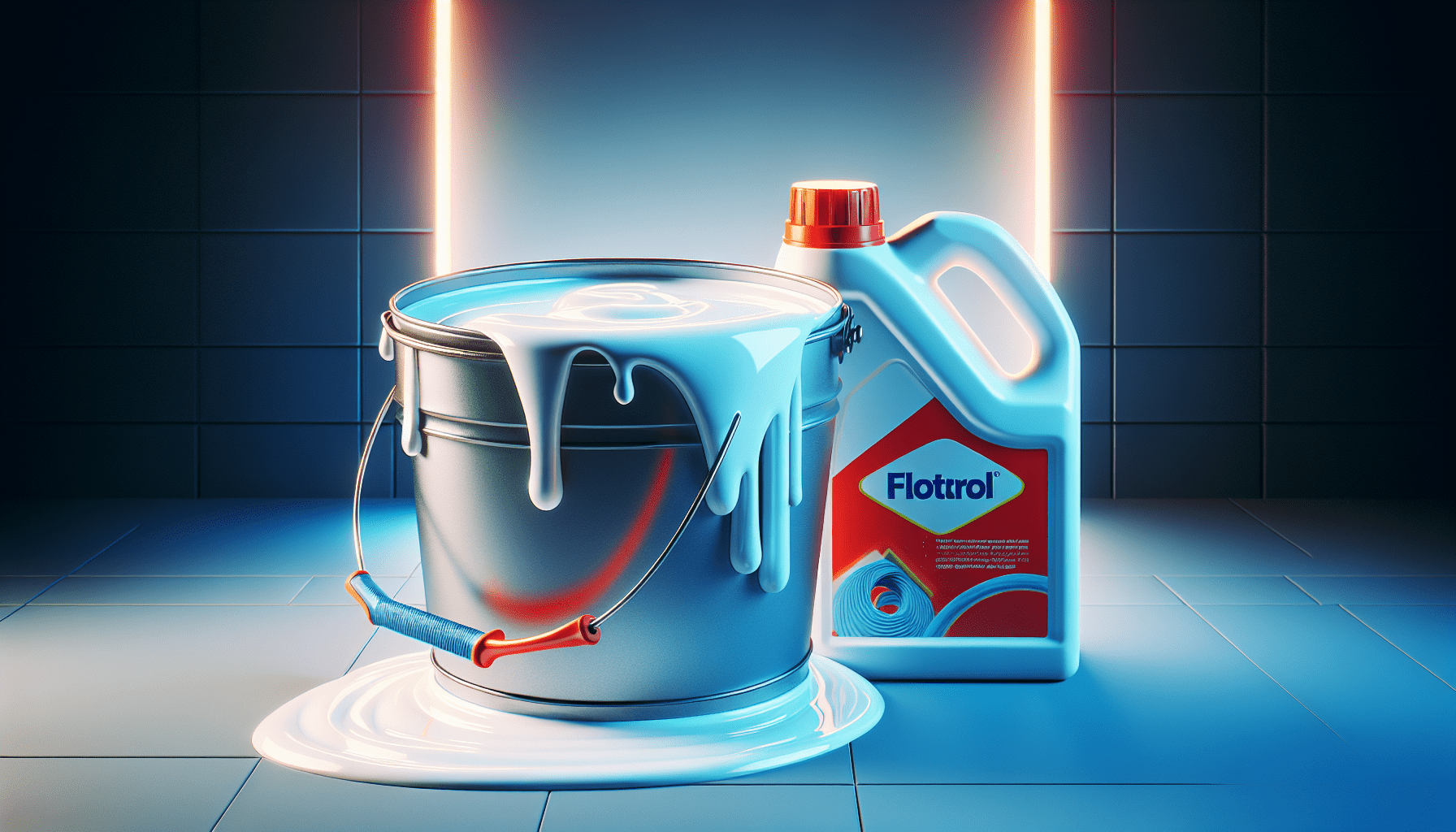When it comes to refinishing surfaces, the question of whether or not you can paint oil paint over latex paint often arises. It’s a query that demands careful consideration, as the wrong combination could result in a flaky finish or unsightly cracks. In this article, we will explore the compatibility of these two popular paint types and provide you with practical insights on how to approach this endeavor with confidence. So, if you’re contemplating the idea of applying oil paint over a latex-coated surface, read on to discover the most effective techniques and precautions to ensure a successful outcome.

Understanding Oil Paint and Latex Paint
Oil paint and latex paint are two common types of paint used in various applications. It is essential to understand the characteristics of each paint type, as well as the proper preparation and application techniques, to achieve a successful paint job. Whether you are planning to paint over a surface with the same type of paint or considering a different paint type, it is crucial to follow the appropriate steps to ensure proper adhesion and longevity of the paint job.
Characteristics of Oil Paint
Oil paint, also known as alkyd paint, is a traditional type of paint that uses oil as its base. It has a rich, smooth texture and provides a high-quality finish. Some of the primary characteristics of oil paint include:
-
Durability: Oil paint is highly durable and resistant to wear and tear, making it suitable for high-traffic areas and surfaces that require long-lasting paint.
-
Leveling: Oil paint has excellent leveling properties, meaning that it can even out brush or roller marks, resulting in a smooth and uniform finish.
-
Glossy Finish: Oil paint typically dries to a glossy finish, which adds depth and richness to the painted surface.
-
Slow Drying Time: One of the notable characteristics of oil paint is its slow drying time, which allows for more extended workability and blending of colors.
Characteristics of Latex Paint
Latex paint, also known as water-based paint, is a popular choice for both interior and exterior paint jobs. It is made of synthetic polymers that are suspended in water. The characteristics of latex paint include:
-
Quick Drying: Latex paint dries relatively quickly, which is advantageous for those who prefer a faster paint job.
-
Low VOC: Latex paint typically has lower levels of volatile organic compounds (VOCs) compared to oil paint, making it a more environmentally friendly option.
-
Easy Clean-Up: Latex paint can be easily cleaned up with soap and water, making it convenient for homeowners and DIY enthusiasts.
-
Variety of Finishes: Latex paint is available in different finishes, including flat, eggshell, satin, and semi-gloss, allowing for customization based on the desired look and function.
Preparation and Cleaning
Before starting any paint job, proper preparation and cleaning of the surface are crucial to ensure optimal results. The following steps outline the necessary preparations for both oil paint and latex paint applications.
Cleaning the Surface
Before painting, it is essential to thoroughly clean the surface to remove any dirt, dust, grease, or other contaminants. Clean the surface using a mild detergent and water solution or a suitable cleaning product recommended for the specific surface. Rinse the surface thoroughly and allow it to dry completely before proceeding to the next step.
Sanding the Surface
Sanding the surface helps to create a roughened texture, providing better adhesion for the paint. Use a medium-grit sandpaper or sanding block to gently sand the surface in a circular motion. This step helps to remove any gloss or smoothness on the surface and promotes better paint adhesion.
Applying Latex Paint over Latex Paint
If you are planning to apply latex paint over existing latex paint, the following steps should be followed to ensure a successful paint job.
Using Latex Primer
Before applying the new coat of latex paint, it is recommended to apply a latex primer. The primer helps to create a bonding layer between the old and new paint, ensuring better adhesion and a more uniform finish. Apply the primer evenly using a brush or roller, following the manufacturer’s instructions.
Applying Latex Paint
Once the primer has dried, which usually takes about 24 hours, you can proceed with applying the latex paint. Stir the paint thoroughly to ensure proper mixing of pigments and apply it evenly using a brush, roller, or sprayer. Follow the manufacturer’s instructions regarding the recommended number of coats and drying time between each coat.
Applying Oil Paint over Oil Paint
If you intend to apply oil paint over existing oil paint, several steps need to be followed to achieve a successful paint job.
Checking the Condition of the Oil Paint
Before proceeding, assess the condition of the existing oil paint. Ensure that it is in good condition with no signs of peeling, cracking, or any other damages. If the old paint is in poor condition, it is advisable to remove it completely before applying a fresh coat of oil paint.
Preparing and Sanding the Surface
Prepare the surface by cleaning it thoroughly and sanding it to create a roughened texture. This step helps to promote better adhesion of the new oil paint. Use medium-grit sandpaper or sanding block and sand in a circular motion, paying special attention to any glossy or smooth areas.
Applying Oil Paint
Once the surface is properly prepared, you can proceed with applying the oil paint. Stir the paint thoroughly to ensure proper mixing and apply it evenly using a brush, roller, or sprayer. Follow the manufacturer’s instructions regarding drying time and the recommended number of coats.

Applying Oil Paint over Latex Paint
If you wish to apply oil paint over existing latex paint, there are specific considerations and steps that need to be followed to ensure proper adhesion and longevity of the paint job.
Testing Adhesion
Before applying oil paint over latex paint, it is essential to test the adhesion. Apply a small amount of oil paint to an inconspicuous area and allow it to dry for at least 24 hours. Afterward, inspect the area for any signs of peeling, cracking, or poor adhesion. If the adhesion is not satisfactory, it is recommended to remove the latex paint entirely before applying the oil paint.
Sanding the Latex Paint
To promote better adhesion, sand the surface of the latex paint using medium-grit sandpaper or a sanding block. This step helps to roughen the surface and provides a better bonding surface for the oil paint. After sanding, clean the surface thoroughly to remove any dust or debris.
Using an Oil-Based Primer
To enhance adhesion between the latex and oil paint, it is advisable to use an oil-based primer. Apply the primer evenly using a brush or roller, following the manufacturer’s instructions. Allow the primer to dry completely before proceeding to the next step.
Applying Oil Paint
Once the primer has dried, you can proceed with applying the oil paint. Stir the paint thoroughly to ensure proper mixing and apply it evenly using a brush, roller, or sprayer. Follow the manufacturer’s instructions for drying time and the recommended number of coats.
Considerations and Tips
When painting, there are several considerations and tips to keep in mind to ensure a successful and long-lasting paint job.
Compatibility of Paint Types
It is essential to consider the compatibility of paint types before attempting to paint over an existing surface. Generally, oil-based paints can be applied over latex paints, but the opposite may not always yield satisfactory results. Always check with the paint manufacturer or consult with a professional painter to ensure compatibility.
Painting Techniques
Using proper painting techniques is crucial to achieve a smooth and professional finish. Use even strokes when applying the paint, and avoid applying excessive pressure, which can lead to uneven coverage and visible brush or roller marks. Consider using a paint sprayer for large surfaces to achieve a more uniform finish.
Drying and Curing Time
Allow paint sufficient drying and curing time between coats and before subjecting the painted surface to normal use. Follow the manufacturer’s instructions regarding drying time, as well as any specific recommendations for the paint type being used. Failure to allow proper drying and curing time can result in poor adhesion and premature paint failure.
Surface Preparation
Proper surface preparation is key to achieving excellent paint adhesion and a long-lasting finish. Take the time to clean the surface thoroughly, remove any loose or damaged paint, and sand the surface to promote better adhesion. A smooth and properly prepared surface contributes to a professional-looking paint job.
Advantages and Disadvantages
Before deciding whether to paint oil paint over latex paint, it is important to consider the advantages and disadvantages associated with this approach.
Advantages of Painting Oil Paint over Latex Paint
-
Versatility: Painting oil paint over latex paint allows for greater versatility in terms of finish options, as oil paint typically offers a range of sheens, including high gloss.
-
Durability: Oil paint is known for its durability and longevity, making it an excellent choice for surfaces that require long-lasting paint.
-
Traditional Look: Oil paint provides a classic, traditional look that is often associated with high-quality finishes.
Disadvantages of Painting Oil Paint over Latex Paint
-
Compatibility Concerns: There may be potential compatibility issues when applying oil paint over latex paint. It is crucial to test adhesion and consult with professionals to ensure proper compatibility.
-
Extended Drying Time: Oil paint has a longer drying time compared to latex paint. This can be a disadvantage if quick project completion is desired.
-
Strong Odor and Fumes: Oil paint typically has a strong odor and releases fumes during the drying process, which may be a concern for individuals with sensitivities or respiratory conditions.
When to Consult a Professional
While many paint projects can be successfully completed by homeowners and DIY enthusiasts, there are certain situations where it is advisable to consult a professional.
Complex Surfaces
If the surface to be painted is complex, such as intricate detailing, multiple textures, or unusual materials, consulting a professional painter can ensure that the paint job is done correctly and with the utmost care.
Historic or Valuable Surfaces
When dealing with historic or valuable surfaces, it is crucial to seek professional guidance. Improper paint application or removal techniques can cause irreversible damage to the surface, diminishing its historical or monetary value.
Conclusion
Painting oil paint over latex paint can be a viable option in certain circumstances. However, proper surface preparation, compatibility testing, and adherence to recommended techniques are crucial to achieve a successful and long-lasting paint job. By understanding the characteristics of oil paint and latex paint, as well as following the necessary steps outlined in this article, you can confidently undertake the task of painting oil paint over latex paint. Remember to consult a professional when dealing with complex surfaces or valuable objects, and always prioritize surface preparation and proper techniques for optimal results.
Summary
In summary, oil paint and latex paint are two common types of paint used for various applications. Understanding their characteristics and adhering to proper surface preparation techniques is crucial for achieving a successful paint job. When painting over existing paint, whether it is the same type or a different type, specific steps need to be followed to ensure proper adhesion and longevity of the paint job. Compatibility testing, surface cleaning, sanding, and the use of primers are all important considerations. It is also crucial to weigh the advantages and disadvantages of painting oil paint over latex paint before making a decision. When in doubt, consult a professional painter, especially for complex surfaces or those with historical or monetary value.
Final Tips
Here are some final tips to keep in mind when painting oil paint over latex paint:
- Always check the compatibility of paint types before proceeding with the paint job.
- Properly clean and sand the surface to promote better adhesion.
- Use primers suitable for the specific paint types being used.
- Follow the manufacturer’s instructions regarding drying time and number of coats.
- Consider consulting a professional for complex surfaces or valuable objects.
- Prioritize surface preparation and proper painting techniques for optimal results.



